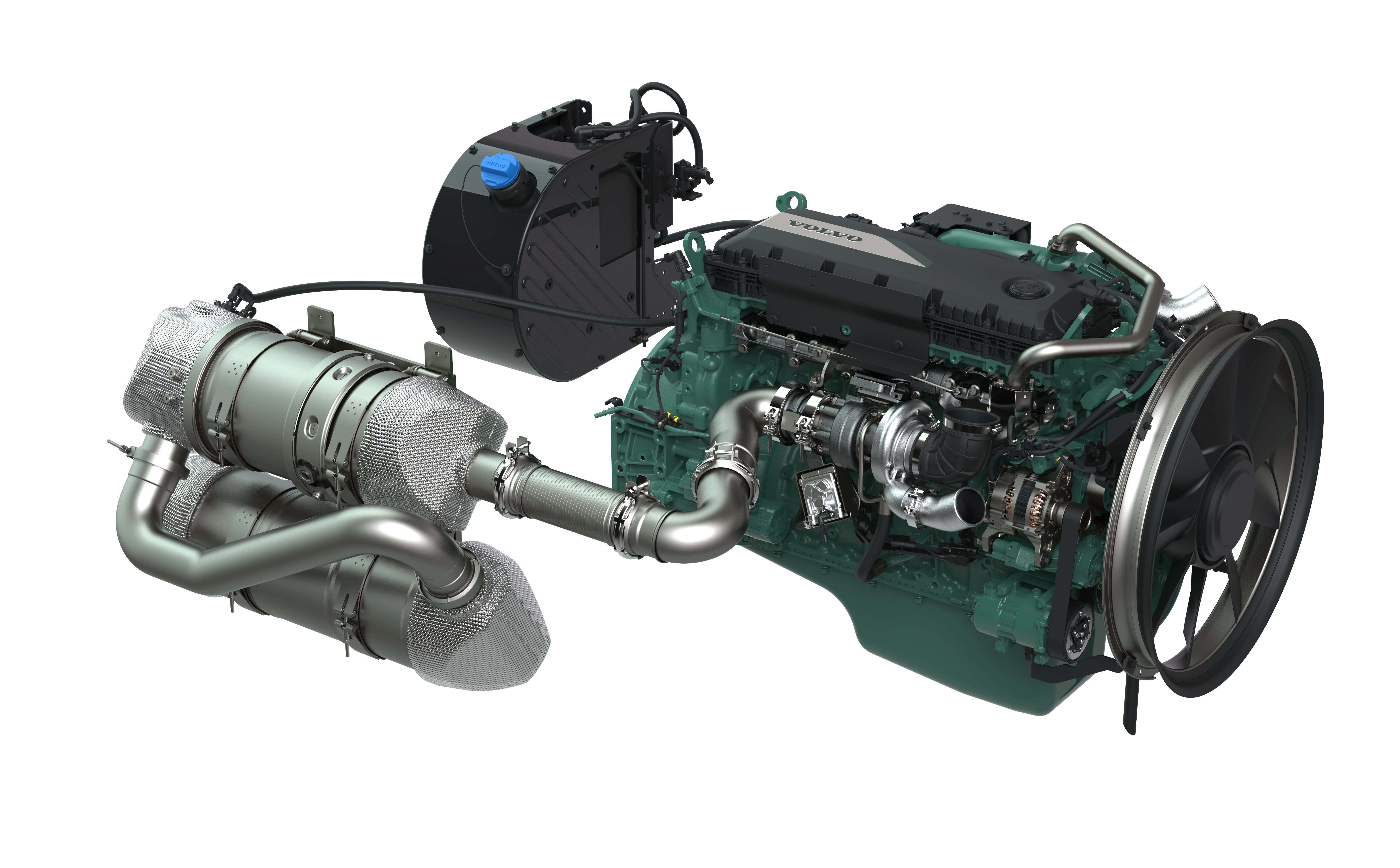The new NICE Mega City Enterprise electric van offers 800litres of load space, a top speed of 64km/h and a typical range of 64km. The vehicle suits use in urban areas and features two seats as well as zero-emissions. The MEGA City can be charged from domestic sockets at home, at work or at public charge points. These vehicles are aimed at use in cities such as London.
September 3, 2012
Read time: 1 min

The new NICE Mega City Enterprise electric van offers 800litres of load space, a top speed of 64km/h and a typical range of 64km. The vehicle suits use in urban areas and features two seats as well as zero-emissions. The MEGA City can be charged from domestic sockets at home, at work or at public charge points. These vehicles are aimed at use in cities such as London.








